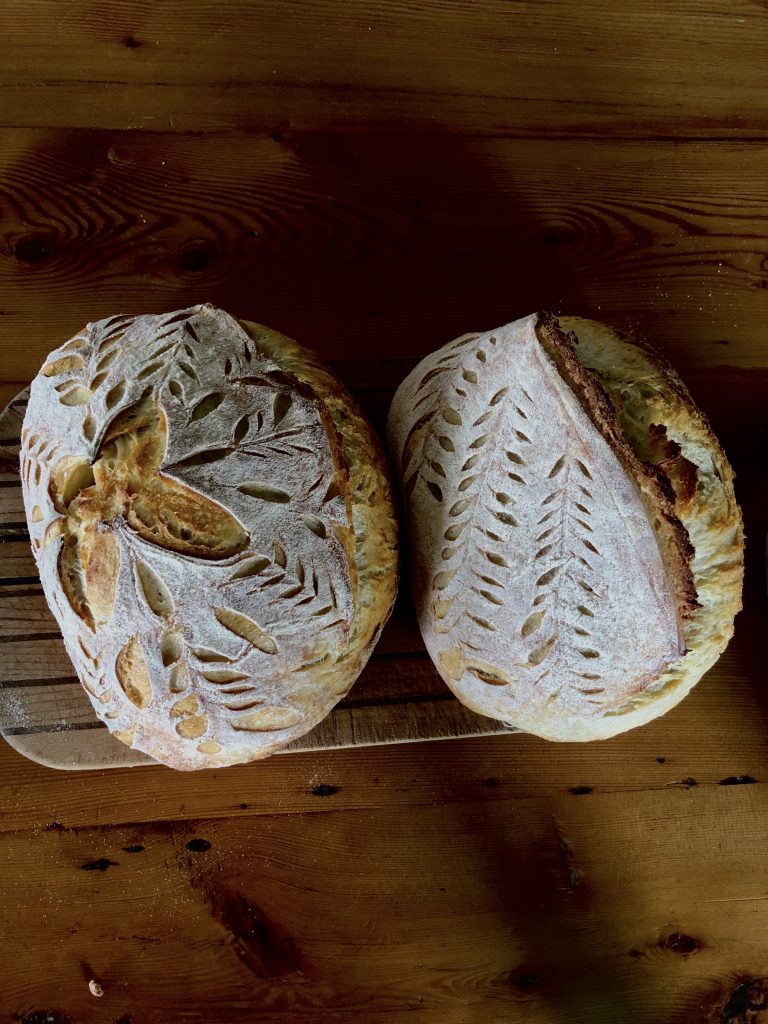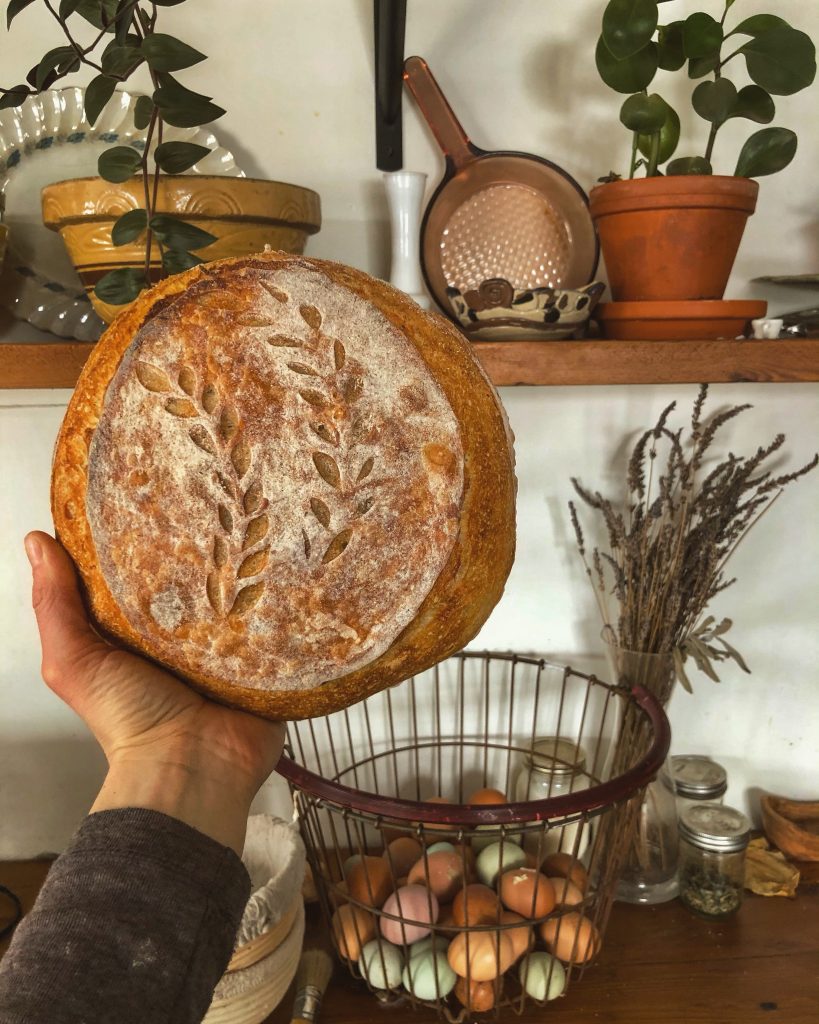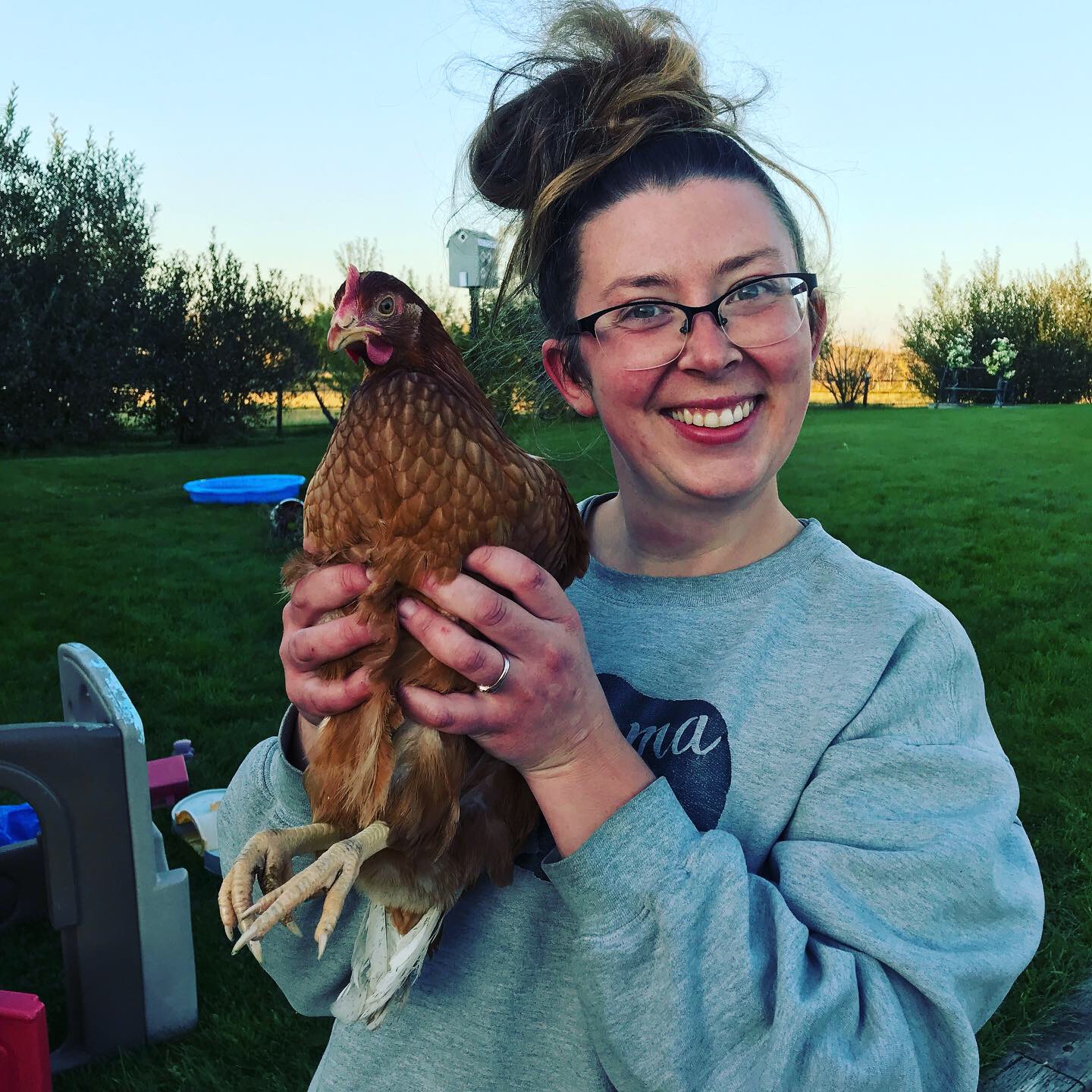
Homestead Ingenuity
I began my homesteading journey from the perspective of a Nutritional Therapist, closet herbalist, and beekeeper. This mentally gave me a few barriers to diving into the conventionally accepted tools for animal health such as antibiotics, injectable vitamins, generic minerals and mass produced bagged feeds…















